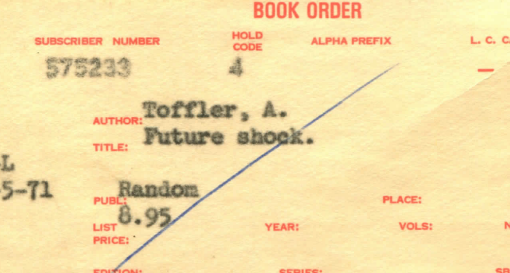The Blockyball or Blockhelix is on the way.
Quantum computing is here. Google made it work with a 53 qubit processor called Sycamore cooled to nearly absolute zero. The 3 minutes and 30 seconds of calculations done would take 100,000 computers 10,000 years to replicate. IBM says that their own 53 qubit processor, with conventional engineering, could replicate Google’s results in 2 1/2 days. It appears that the 100,000 ordinary computers were left in the dust. Google’s process is still much faster than IBM’s, but they have to overcome heat to make it commercially viable.
Last year, Aleksey Federov and two co-authors wrote in Nature that quantum computing would be render Blockchain obsolete within a decade. Less than a decade has gone by, and the means of Blockchain’s obsolescence are already in two different places.
Is Blockchain obsolete?
The answer to this question has two parts. Technologically, Blockchain is obsolete. The best from an era of 2 dimensional computing will not work in an era of 3 dimensions. It might be incorporated into a new protocol, but it will not stand alone. The era that began in October, 2008 with Satoshi Nakamoto’s paper lasted for exactly 11 years. It ended with Google’s breakthrough last month. Blockchain is on the way out. From a conceptual standpoint, however, Blockchain is viable. Proof of work, sovereign identity and networks without a central authority remain valid concepts. Blockchain will continue but in a different form.
Enter the Blockyball or the Blockhelix
If Blockchain is a chain, then the 3 dimensional version will likely resemble a Buckyball or a DNA helix. Quantum computing will require quantum security. The concepts behind it and the possibilities they offer will likely remain the same. One can think of it in terms of past innovations. In 1984, MacWrite looked a lot like current word processors, such as GoogleDocs and Microsoft Word. Using it today would be about the same as anything else, but the underpinnings are different.
The Developers’ Dilemma
The 3 dimensional aspect of quantum computing is great, but developers can only code one line at a time. It is likely that computers will aid human developers in creating 3D code that will harness the potential of quantum computing.


